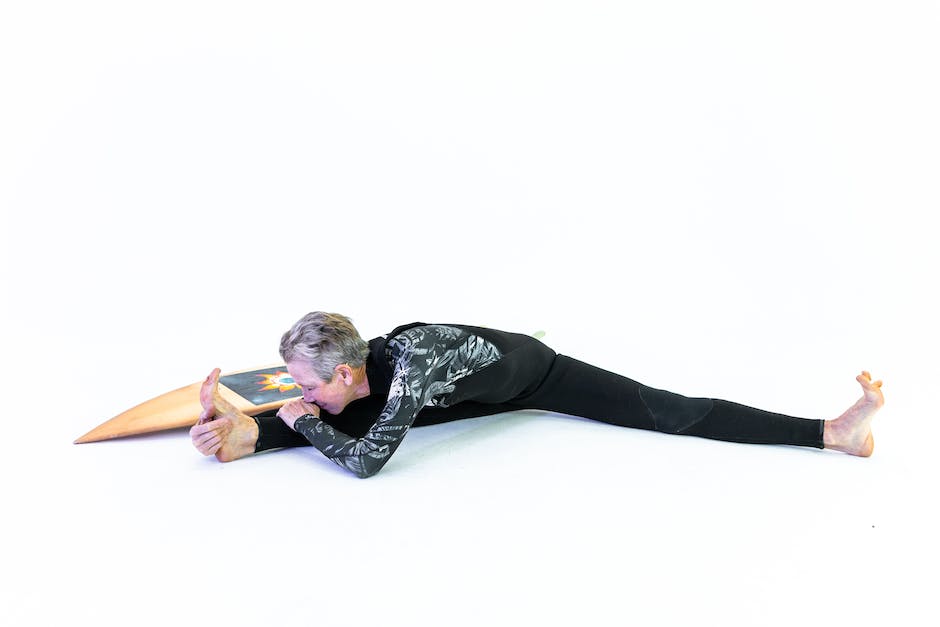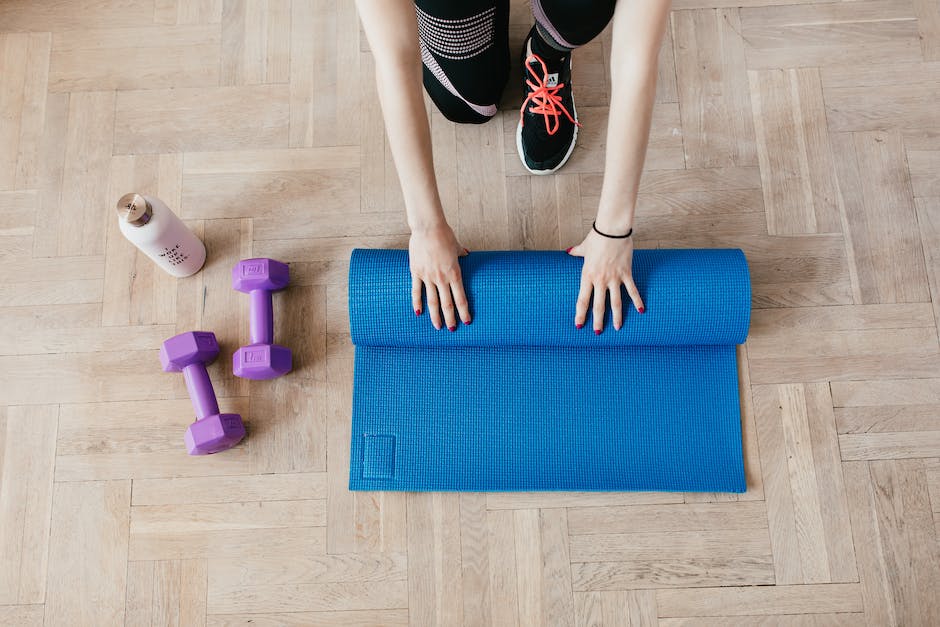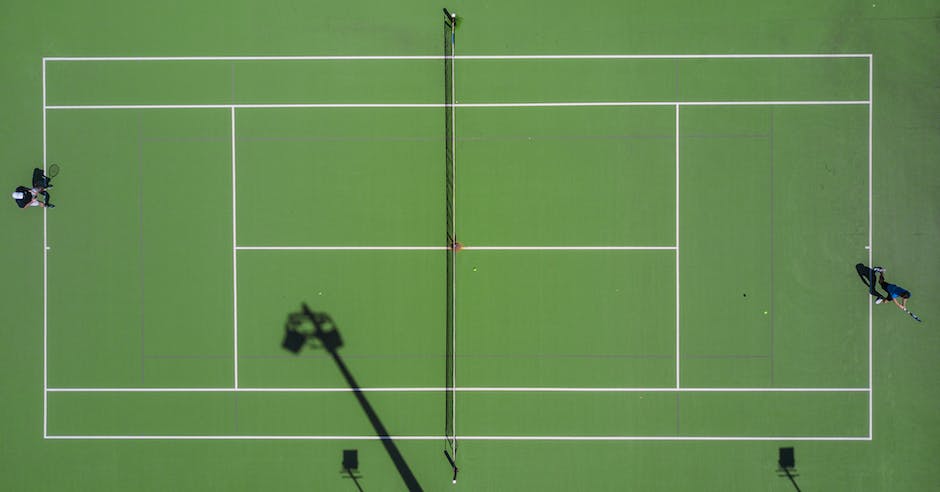Tennis elbow is a common and painful condition that affects the elbow joint and the muscles and tendons that attach to it. It is caused by overuse or injury of the extensor carpi radialis brevis (ECRB) muscle, which helps extend the wrist and fingers. The ECRB attaches to a bony bump on the outside of the elbow called the lateral epicondyle. When the ECRB is strained or torn, it causes inflammation and pain in the elbow area.

What are the symptoms of tennis elbow?
The main symptom of tennis elbow is elbow pain that radiates to the forearm and wrist. The pain may be worse when you try to grip something, twist your wrist, or lift your arm. Other symptoms of tennis elbow include:
- Stiffness or reduced range of motion in the elbow
- Weakness or numbness in the hand or fingers
- Difficulty performing simple tasks such as opening a jar, holding a cup, or shaking hands
- Swelling or tenderness around the elbow joint
What causes tennis elbow?
Tennis elbow is usually caused by repetitive or excessive stress on the ECRB muscle and its tendon. This can happen when you perform activities that involve arm movements such as:
- Playing tennis or other racquet sports, especially with poor technique or an improper racquet
- Using tools such as hammers, screwdrivers, or scissors
- Typing, writing, or painting
- Gardening, knitting, or cooking
Tennis elbow can also be caused by a sudden injury to the elbow, such as a fall, a blow, or a twist.

How is tennis elbow diagnosed?
To diagnose tennis elbow, your doctor will ask you about your medical history, your symptoms, and your activities. They will also examine your elbow and perform some tests to check for pain, swelling, and weakness. Some of the tests they may use are:
- The Cozen’s test: You bend your wrist down while your doctor presses on your lateral epicondyle
- The Mill’s test: You straighten your arm while your doctor bends your wrist down
- The Maudsley’s test: You extend your middle finger against resistance while your doctor presses on your lateral epicondyle
Your doctor may also order some imaging tests to rule out other conditions that can cause elbow pain, such as arthritis, bursitis, or nerve compression. These tests may include:
- X-rays: To show the bones and joints of the elbow
- Magnetic resonance imaging (MRI): To show the soft tissues and structures of the elbow
- Electromyography (EMG): To measure the electrical activity of the muscles and nerves of the arm

How is tennis elbow treated?
The treatment of tennis elbow depends on the severity of your condition and your goals. The main objectives of treatment are to reduce pain, promote healing, and prevent recurrence. Some of the treatment options for tennis elbow are:
- Rest: You should avoid or limit activities that aggravate your elbow pain until it heals
- Ice: You can apply ice packs to your elbow for 15 to 20 minutes several times a day to reduce inflammation and pain
- Medication: You can take over-the-counter anti-inflammatory drugs such as ibuprofen or naproxen to relieve pain and swelling. You should consult your doctor before taking any medication, especially if you have any medical conditions or allergies
- Braces or splints: You can wear a brace or a splint to support your elbow and reduce stress on the tendon. You should only wear it for short periods of time and remove it when you are resting or sleeping
- Physical therapy: You can do exercises and stretches to strengthen and stretch your forearm muscles and improve your range of motion. A physical therapist can guide you on how to perform these exercises safely and effectively
- Steroid injections: You can get injections of corticosteroids into your elbow joint to reduce inflammation and pain. These injections are usually given only once or twice and should be used with caution, as they can have side effects such as infection, nerve damage, or tendon rupture

When is surgery needed for tennis elbow?
Surgery is usually considered as a last resort for tennis elbow when other treatments have failed to provide relief after six months or more. Surgery involves removing the damaged part of the tendon and reattaching it to the bone. The surgery can be done through an open incision or a minimally invasive technique called arthroscopy. The recovery time after surgery varies depending on the type of surgery and your individual condition. You will need to wear a sling or a cast for a few weeks and then do physical therapy to regain your elbow function.

What are the complications of tennis elbow?
Tennis elbow is usually not a serious condition and most people recover fully with proper treatment. However, some possible complications of tennis elbow are:
- Chronic pain or stiffness in the elbow
- Reduced grip strength or dexterity in the hand or fingers
- Difficulty performing daily activities or hobbies
- Recurrence of tennis elbow after treatment

How can you prevent tennis elbow?
The best way to prevent tennis elbow is to avoid or modify the activities that cause or worsen your elbow pain. Some tips to prevent tennis elbow are:
- Warm up before you exercise or do any strenuous activity
- Use proper equipment and technique when playing tennis or other racquet sports. You can consult a coach or a trainer for advice on how to improve your form and reduce your risk of injury
- Choose a racquet that suits your skill level, style, and preference. You can look for a racquet that has a larger head size, a lighter weight, a softer string tension, and a thicker grip
- Take breaks and rest your arm regularly during and after your activity
- Stretch and massage your forearm muscles before and after your activity
- Do exercises to strengthen and condition your forearm muscles and improve your flexibility

Conclusion
Tennis elbow is a painful condition that affects the elbow joint and the muscles and tendons that attach to it. It is caused by overuse or injury of the ECRB muscle, which helps extend the wrist and fingers. The main symptom of tennis elbow is elbow pain that radiates to the forearm and wrist. The pain may be worse when you try to grip something, twist your wrist, or lift your arm. Other symptoms include stiffness, weakness, numbness, swelling, and tenderness around the elbow.
Tennis elbow can be diagnosed by your doctor based on your history, symptoms, physical examination, and imaging tests. The treatment of tennis elbow depends on the severity of your condition and your goals. The main objectives of treatment are to reduce pain, promote healing, and prevent recurrence. Some of the treatment options are rest, ice, medication, braces or splints, physical therapy, steroid injections, and surgery.
Tennis elbow is usually not a serious condition and most people recover fully with proper treatment. However, some possible complications are chronic pain or stiffness in the elbow, reduced grip strength or dexterity in the hand or fingers, difficulty performing daily activities or hobbies, and recurrence of tennis elbow after treatment.
The best way to prevent tennis elbow is to avoid or modify the activities that cause or worsen your elbow pain. Some tips to prevent tennis elbow are warming up before you exercise or do any strenuous activity, using proper equipment and technique when playing tennis or other racquet sports, choosing a racquet that suits your skill level, style, and preference, taking breaks and resting your arm regularly during and after your activity, stretching and massaging your forearm muscles before and after your activity, and doing exercises to strengthen and condition your forearm muscles and improve your flexibility.
I hope this blog post has helped you understand what does tennis elbow feel like and how to deal with it. If you have any questions or comments, please feel free to leave them below. Thank you for reading! 😊

FAQ
What is the difference between tennis elbow and golfer’s elbow?
Tennis elbow and golfer’s elbow are both types of elbow tendinitis, which means inflammation of the tendons that attach the forearm muscles to the elbow. However, they affect different parts of the elbow. Tennis elbow affects the lateral epicondyle, which is the bony bump on the outside of the elbow. Golfer’s elbow affects the medial epicondyle, which is the bony bump on the inside of the elbow. The symptoms and causes of both conditions are similar, but they differ in the location and direction of the pain.
How long does tennis elbow take to heal?
The healing time of tennis elbow varies depending on the severity of the condition and the treatment methods used. In general, tennis elbow can take from six weeks to six months to heal with conservative treatments such as rest, ice, medication, braces or splints, and physical therapy. If these treatments do not work, surgery may be an option, which can take from three to six months to recover from.
Can I play tennis with tennis elbow?
It is not advisable to play tennis with tennis elbow, as it can worsen your condition and delay your recovery. Playing tennis involves repetitive and forceful arm movements that can strain or tear your ECRB tendon and cause more inflammation and pain. If you want to play tennis with tennis elbow, you should consult your doctor first and follow their recommendations. You should also use proper equipment and technique, warm up before playing, and take breaks and rest your arm regularly.
What are some exercises for tennis elbow?
Some exercises for tennis elbow are designed to strengthen and stretch your forearm muscles and improve your range of motion. These exercises can help reduce pain, promote healing, and prevent recurrence of tennis elbow. Some examples of exercises for tennis elbow are:
- Wrist extension: Hold a light weight in your hand with your palm facing down. Slowly bend your wrist up and down. Repeat 10 times for each hand.
- Wrist flexion: Hold a light weight in your hand with your palm facing up. Slowly bend your wrist up and down. Repeat 10 times for each hand.
- Wrist rotation: Hold a light weight in your hand with your thumb pointing up. Slowly rotate your wrist clockwise and counterclockwise. Repeat 10 times for each hand.
- Elbow bend: Stand with your arm straight at your side. Slowly bend your elbow and bring your hand to your shoulder. Hold for a few seconds and then straighten your arm. Repeat 10 times for each arm.
- Elbow stretch: Stand with your arm straight at your side. Use your other hand to gently pull your fingers back until you feel a stretch in your forearm. Hold for 15 to 30 seconds and then relax. Repeat 3 times for each arm.
You should do these exercises under the guidance of a physical therapist who can show you how to perform them safely and effectively.
What are some home remedies for tennis elbow?
Some home remedies for tennis elbow are:
- Rest: You should avoid or limit activities that aggravate your elbow pain until it heals.
- Ice: You can apply ice packs to your elbow for 15 to 20 minutes several times a day to reduce inflammation and pain.
- Medication: You can take over-the-counter anti-inflammatory drugs such as ibuprofen or naproxen to relieve pain and swelling. You should consult your doctor before taking any medication, especially if you have any medical conditions or allergies.
- Massage: You can massage your forearm muscles gently with your fingers or a foam roller to improve blood circulation and ease tension.
- Acupuncture: You can try acupuncture, which is a traditional Chinese medicine technique that involves inserting thin needles into specific points on the body to stimulate healing and relieve pain.
- Herbal remedies: You can use herbal remedies such as turmeric, ginger, garlic, or arnica to reduce inflammation and pain naturally.
What are the risks of steroid injections for tennis elbow?
Steroid injections are sometimes used to treat tennis elbow when other treatments have failed to provide relief after six months or more. Steroid injections can reduce inflammation and pain in the short term, but they also have some risks and side effects such as:
- Infection: There is a small risk of infection at the injection site or in the joint.
- Nerve damage: There is a possibility of nerve damage or numbness in the arm or hand.
- Tendon rupture: There is a chance of weakening or tearing of the tendon due to repeated injections or high doses of steroids.
- Skin changes: There may be changes in the skin color or texture around the injection site.
- Bone loss: There may be loss of bone density or osteoporosis in the long term.
Therefore, steroid injections should be used with caution and only under the supervision of a doctor.
What are the alternatives to surgery for tennis elbow?
Surgery is usually considered as a last resort for tennis elbow when other treatments have failed to provide relief after six months or more. Surgery involves removing the damaged part of the tendon and reattaching it to the bone. However, surgery is not always necessary or effective, and it has some risks and complications such as infection, bleeding, scarring, nerve damage, or recurrence of tennis elbow. Some alternatives to surgery for tennis elbow are:
- Platelet-rich plasma (PRP) injections: PRP injections are a type of regenerative medicine that uses your own blood to stimulate healing and repair of the tendon. PRP injections are thought to enhance the natural healing process and reduce inflammation and pain.
- Extracorporeal shock wave therapy (ESWT): ESWT is a non-invasive treatment that uses high-energy sound waves to break up scar tissue and stimulate blood flow and healing in the tendon. ESWT is believed to improve the elasticity and function of the tendon and reduce pain and stiffness.
- Prolotherapy: Prolotherapy is a treatment that involves injecting a solution of sugar, water, and anesthetic into the tendon to cause inflammation and stimulate the body’s natural healing response. Prolotherapy is supposed to strengthen and tighten the tendon and reduce pain and instability.
These alternatives to surgery for tennis elbow are not widely available or proven, and they may have some side effects or limitations. You should consult your doctor before trying any of these treatments.
How can I prevent tennis elbow from coming back?
The best way to prevent tennis elbow from coming back is to avoid or modify the activities that cause or worsen your elbow pain. Some tips to prevent tennis elbow from coming back are:
- Warm up before you exercise or do any strenuous activity
- Use proper equipment and technique when playing tennis or other racquet sports. You can consult a coach or a trainer for advice on how to improve your form and reduce your risk of injury
- Choose a racquet that suits your skill level, style, and preference. You can look for a racquet that has a larger head size, a lighter weight, a softer string tension, and a thicker grip
- Take breaks and rest your arm regularly during and after your activity
- Stretch and massage your forearm muscles before and after your activity
- Do exercises to strengthen and condition your forearm muscles and improve your flexibility
- Maintain a healthy weight and diet
- Drink plenty of water and stay hydrated
What are some common myths about tennis elbow?
Some common myths about tennis elbow are:
- Tennis elbow only affects people who play tennis: This is not true. Tennis elbow can affect anyone who performs activities that involve repetitive or excessive stress on the ECRB tendon, such as using tools, typing, writing, painting, gardening, knitting, or cooking.
- Tennis elbow is caused by inflammation: This is partly true. Tennis elbow is initially caused by inflammation of the ECRB tendon due to overuse or injury. However, chronic tennis elbow is more likely caused by degeneration or micro-tears of the tendon due to repeated stress.
- Tennis elbow will heal on its own: This is not true. Tennis elbow may heal on its own if it is mild and treated early. However, if left untreated, tennis elbow can become chronic and more difficult to treat. Therefore, it is important to seek medical attention if you have persistent or severe elbow pain.
- Tennis elbow requires surgery: This is not true. Surgery is only recommended for tennis elbow when other treatments have failed to provide relief after six months or more. Most cases of tennis elbow can be treated with conservative methods such as rest, ice, medication, braces or splints, physical therapy, steroid injections, or alternative therapies.
Where can I find more information about tennis elbow?
If you want to find more information about tennis elbow, you can visit some of these websites:
- [Mayo Clinic]: A reputable source of health information that provides an overview of tennis elbow, its symptoms, causes, diagnosis, treatment, prevention, and complications.
- [WebMD]: A popular online health platform that offers articles, videos, slideshows, quizzes, and tools on various topics related to tennis elbow.
- [Healthline]: A trusted provider of health information that features comprehensive guides on what is tennis elbow, how it feels like, how it is diagnosed and treated, what are the home remedies and exercises for it, and how it can be prevented.
- [MedlinePlus]: A service of the U.S. National Library of Medicine that provides reliable information on tennis elbow, including its definition, causes, symptoms, tests, treatments, outlook, prevention, and related topics.
I hope this FAQ section has answered some of your questions about what does tennis elbow feel like. If you have any feedback or suggestions for improvement, please let me know. Thank you for using Bing! 😊








No Comment! Be the first one.